Recently returned from the Summer Session of the St John Vianney Society, which I will post about in due course, I want first to continue my posts about Corpus Christi College. In this post I want to post some comments by way of evaluating this 1965 to 1975 phenomenon.
First, neither Cardinal
Heenan nor the other Bishops of England and Wales were ready for what took
place after the Council, and the ‘modernising’ project, promoted by some, to
superimpose a new agenda onto the teaching and directives of the Council
Fathers went ahead under its own steam. It is hard to think that there was any
Bishop, at the time, who was sufficiently aware and ready to deal with such a
circumstance; Corpus Christi College took everyone by surprise. Those who were
involved in this project, which was something much more defined than simply the
zeitgeist of the 1960s, did not wait
for the Council to end, nor did they even want it to teach; but rather they
wanted to teach their own religion – a new form of Modernism. The Corpus
Christi experiment was a terrible mistake. It would not be proper, however, to
blame Cardinal Heenan for it; rather, he should be commended for way in which
he acted as the disaster unfolded.
Secondly, the greater problem
with Corpus Christi Catechetical Institute was that it took part in the worldly
movement of secularisation that has been taking place since the Enlightenment,
and which has its roots in the Reformation. This movement is one that thinks
that human beings can and should wriggle out of the human condition; by putting
all considerations about Original Sin and Grace in a back room, and by
deploying all our human energies, we will be able to build a better world on
our own. For this project, the Christian Redemption is something which must be
set aside; human resourcefulness alone can make it through. This is the
movement that is forming the prevailing culture today. The terrible thing was
that the architects of Corpus Christi College aligned themselves with the
secular project, and in so doing attempted to set aside the relationship
between nature and grace which Christ uniquely has established, and so attempted
to lead the Church into the contemporary secular movement. Even now, as far as
I know, the architects of Corpus Christi College have never been asked to
account for the way in which they tried to bring the Catholic Church in England
and Wales in line with the great error of our age: that our lives should be built
without recourse to Christian Dogma, and that ultimately, the God of Revelation
should not be the basis of human life.
Thirdly, why were Frs Ripley
and Drinkwater, who were already involved in the new Catechetical Movement and
who were producing genuine Catechetical materials, not chosen as the principal
staff of the College, but that Richards and de Rosa, who were not previously
involved in the Catechetical movement, were? This is a mystery to me.
Fourthly, at another level,
Corpus Christi College looked like a plan whose design was to graft a new
religion into the Church in England and Wales through the ecclesiastical
structure of the schools.

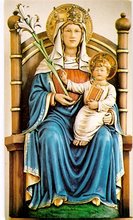

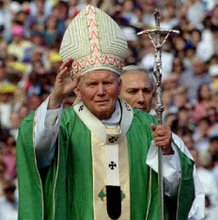
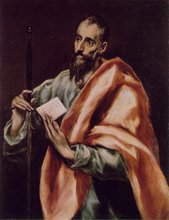
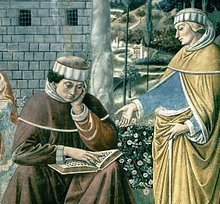
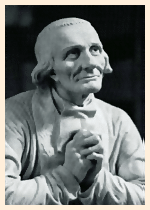

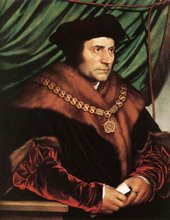


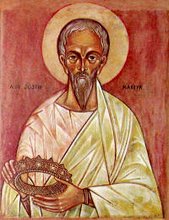

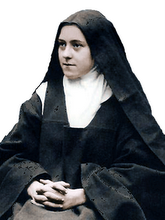
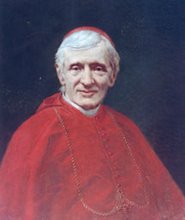
No comments:
Post a Comment